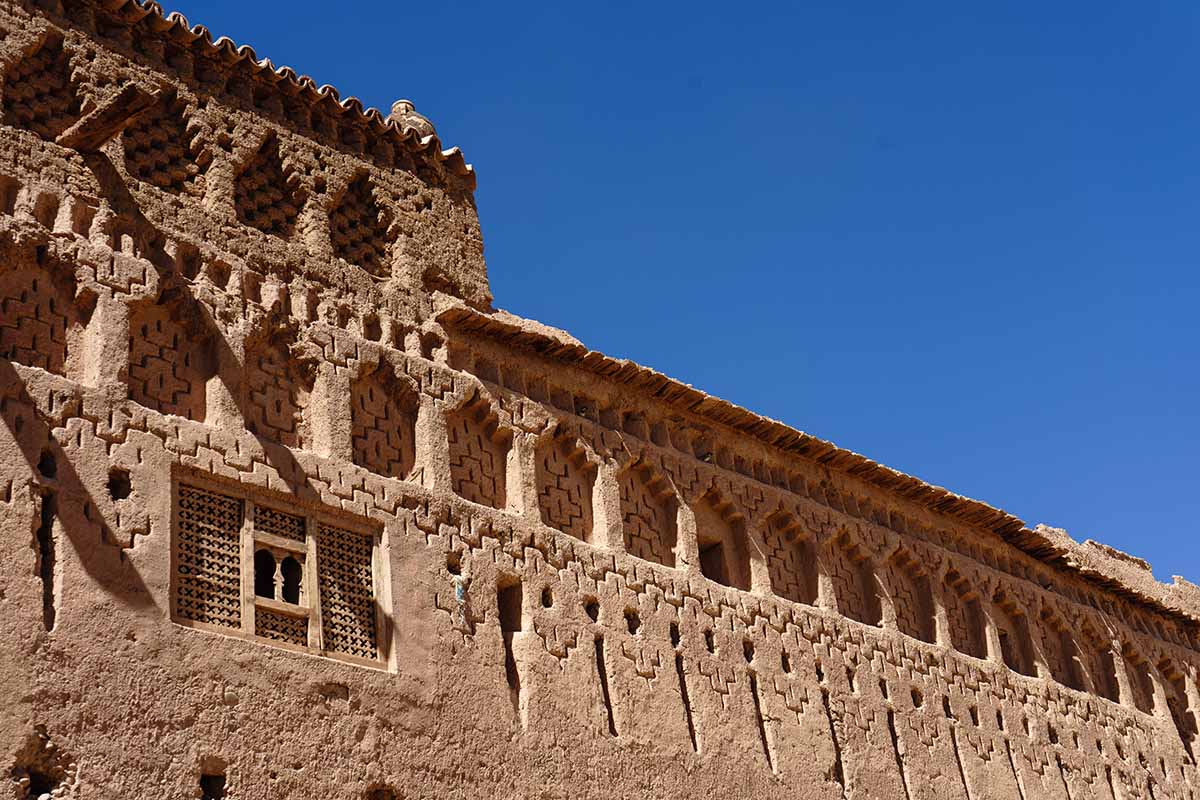Live volcanoes surround you. Warning signs show possible volcanic eruptions. Alpine lakes lie in the black lava from recent eruptions which cover the ground. Steam rises from holes in the side of a nearby mountain. A subtropical forest lies beyond the stark scenery.
The bus from Taupo arrives at 6:30 a.m. A volcano’s silhouette stands against the rising sun. It may be February, but the temperature is only 6 degrees (43F), and I have three layers of clothing on.
The climb starts. As I ascend the mountain, my heart beats faster, crying for me to rest briefly. The sun rises, and the mountains shed their blackness. The trail goes almost vertical as I struggle on. Flights of stairs help make it easier, while the scene ahead motivates me to continue.
At last, I reached the top where a black volcano lies to my right, with dark red patches. A second stands ahead with two emerald lakes below and no trees or grass anywhere.
I take a break near the lakes, and the climbing ends. Steam escapes from a nearby volcano. Soon, the path descends into a subtropical forest with a stream running beside us. The greenery contrasts with the stark, volcanic scenery I saw earlier. Soon, the end appears, 19 km and 8 hours later, along with two exhausted legs that desire rest.
The difficulty of hiking the Tongariro Crossing pays off with contrasting scenery and spectacular vistas.






